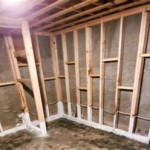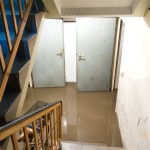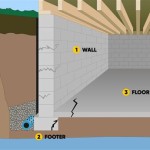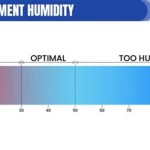Where Do Basement Floor Drains Go?
Floor drains are an essential part of any basement, providing a way for water to escape in the event of a flood or leak. However, many homeowners are unsure where these drains actually go. In this article, we will explore the different types of basement floor drains and where they typically lead.
### Types of Basement Floor DrainsThere are two main types of basement floor drains:
- Sump pumps: Sump pumps are the most common type of basement floor drain. They are installed in a sump basin, which is a pit that collects water. When the water level in the basin rises, the pump turns on and pumps the water out of the basement. Sump pumps can be either submersible or pedestal, and they can be powered by electricity or battery.
- French drains: French drains are a type of sub-surface drainage system that collects water from the ground around your home. They are typically installed around the perimeter of the basement and are made of perforated pipe surrounded by gravel. Water that enters the French drain is carried away by gravity.
The discharge line from a basement floor drain can go to several places, depending on the type of drain and the location of your home. Sump pumps typically discharge water:
- To the storm drain: This is the most common option, as it allows the water to be discharged directly into the municipal storm drain system.
- To a dry well: A dry well is a pit filled with gravel that allows water to percolate into the ground. This option is only available if the soil around your home is well-draining.
- To an above-ground discharge point: In some cases, the discharge line from a sump pump may be directed to an above-ground discharge point, such as a downspout or a drainage ditch.
French drains typically discharge water:
- To a storm drain: This is the most common option, as it allows the water to be discharged directly into the municipal storm drain system.
- To a dry well: A dry well is a pit filled with gravel that allows water to percolate into the ground. This option is only available if the soil around your home is well-draining.
- To a daylight outlet: A daylight outlet is a point where the water from the French drain is discharged above ground. This option is often used in areas where there is a high water table or where the soil is not well-draining.
When choosing a discharge location for your basement floor drain, it is important to consider the following factors:
- The type of drain: Sump pumps and French drains have different discharge requirements, so it is important to choose a location that is compatible with the type of drain you have.
- The location of your home: The location of your home will determine what discharge options are available to you. For example, if you live in an area with a high water table, you may not be able to discharge your sump pump to a dry well.
- The local regulations: Some municipalities have regulations that restrict where you can discharge water from a basement floor drain. It is important to check with your local building department before choosing a discharge location.

Preventing Basement Floods In Old Homes Drain Tech

Where Do Basement Floor Drains Go A 1 Septic Tank Service Inc

Basement Drains 101 A Simple Guide For Busy Homeowners

Floor Drain Basics Homesmsp Real Estate Minneapolis

New Basement Drain Line Installation Water Guard Plumbing

What Is A Foundation Drain Mmsd

Basement Shower Drain Connects To Floor Redflagdeals Com Forums

New Basement Drain Line Installation Water Guard Plumbing

Types Of Basement Floor Drains Drainage Systems Phyxter Home Services

Floor Drain Basics
See Also








